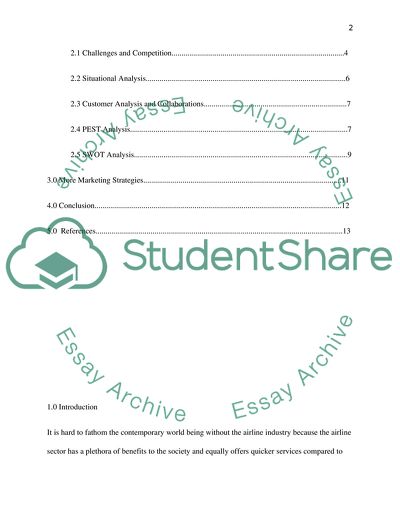Cite this document
(International Marketing for Travel & Tourism Literature review, n.d.)
International Marketing for Travel & Tourism Literature review. https://studentshare.org/marketing/1865275-international-marketing-for-travel-tourism
International Marketing for Travel & Tourism Literature review. https://studentshare.org/marketing/1865275-international-marketing-for-travel-tourism
(International Marketing for Travel & Tourism Literature Review)
International Marketing for Travel & Tourism Literature Review. https://studentshare.org/marketing/1865275-international-marketing-for-travel-tourism.
International Marketing for Travel & Tourism Literature Review. https://studentshare.org/marketing/1865275-international-marketing-for-travel-tourism.
“International Marketing for Travel & Tourism Literature Review”. https://studentshare.org/marketing/1865275-international-marketing-for-travel-tourism.


